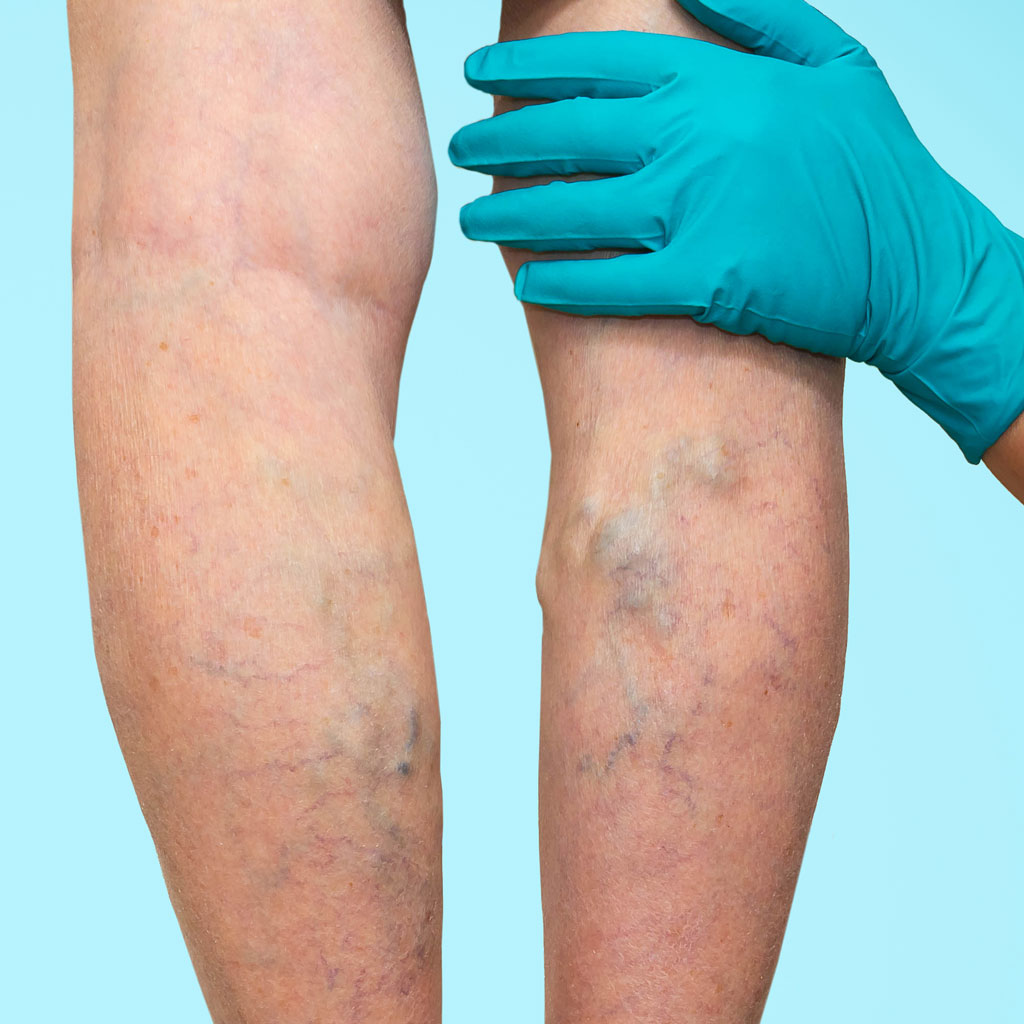Deep vein thrombosis (DVT) is a serious medical condition that occurs when a blood clot forms in a deep vein, typically in the legs. This condition demands attention, as it can lead to severe complications if left untreated. Understanding the signs of DVT and exploring treatment options is crucial for effective management and prevention of complications.
Recognizing the Symptoms of Deep Vein Thrombosis
Recognizing the symptoms of DVT is essential for prompt diagnosis and treatment. While some individuals with DVT may not experience any symptoms, common signs include:
- Swelling: One of the most noticeable symptoms of DVT is swelling, usually in one leg or occasionally both. The affected limb may feel warm to the touch and appear reddish or discolored.
- Pain: Pain or tenderness in the affected leg, often starting in the calf and worsening when standing or walking. The pain may feel like cramping or soreness and can vary in intensity.
- Skin Changes: Skin over the affected area may become discolored or develop a bluish or reddish tint. Additionally, the skin may feel warm to the touch and appear shiny or tight.
- Visible Veins: In some cases, the veins in the affected leg may become more visible or prominent.
- Difficulty Walking: DVT can cause discomfort and difficulty moving the affected leg, leading to a noticeable change in gait or mobility.
Treatment Options for DVT
Prompt treatment of DVT is essential to prevent the clot from growing larger or breaking loose and causing a pulmonary embolism (a potentially life-threatening condition). Treatment options for DVT typically focus on preventing the clot from getting bigger and reducing the risk of complications. Common treatment approaches include:
- Anticoagulant Medications: Also known as blood thinners, anticoagulants are commonly prescribed to prevent blood clots from getting larger and to reduce the risk of new clots forming. These medications do not dissolve existing clots but help prevent them from growing larger.
- Thrombolytics: In some cases, especially when DVT is severe or life-threatening, thrombolytic medications may be used to dissolve blood clots quickly. These medications are potent and are typically reserved for emergency situations.
- Compression Stockings: Wearing compression stockings can help reduce swelling and improve blood flow in the legs, which may help prevent complications of DVT and alleviate symptoms.
- Elevation and Movement: Elevating the affected leg and engaging in regular, gentle movement can help improve circulation and reduce swelling. However, it’s essential to avoid prolonged periods of inactivity, as this can increase the risk of blood clots.
- Surgery: In rare cases, surgery may be necessary to remove a large or problematic blood clot. Surgical options include thrombectomy (surgical removal of the clot) or placement of a filter in the vein to prevent clots from traveling to the lungs.
How DVT is Treated: A Multifaceted Approach
Effective treatment of DVT often involves a combination of medications, lifestyle modifications, and preventive measures. It’s essential to work closely with a healthcare provider to develop a personalized treatment plan tailored to individual needs and risk factors. Additionally, individuals diagnosed with DVT should follow up regularly with their healthcare team to monitor progress, adjust treatment as needed, and prevent future episodes of DVT.
In conclusion, recognizing the signs of DVT and understanding the available treatment options are crucial for the effective management of this potentially life-threatening condition. By being aware of the symptoms of DVT and seeking prompt medical attention when necessary, individuals can reduce the risk of complications and improve their overall health and well-being.
If you suspect you may have DVT or are experiencing symptoms such as swelling, pain, or skin changes in one of your legs, visit our website to learn more. Early detection and treatment can make a significant difference in outcomes and reduce the risk of complications associated with DVT.

